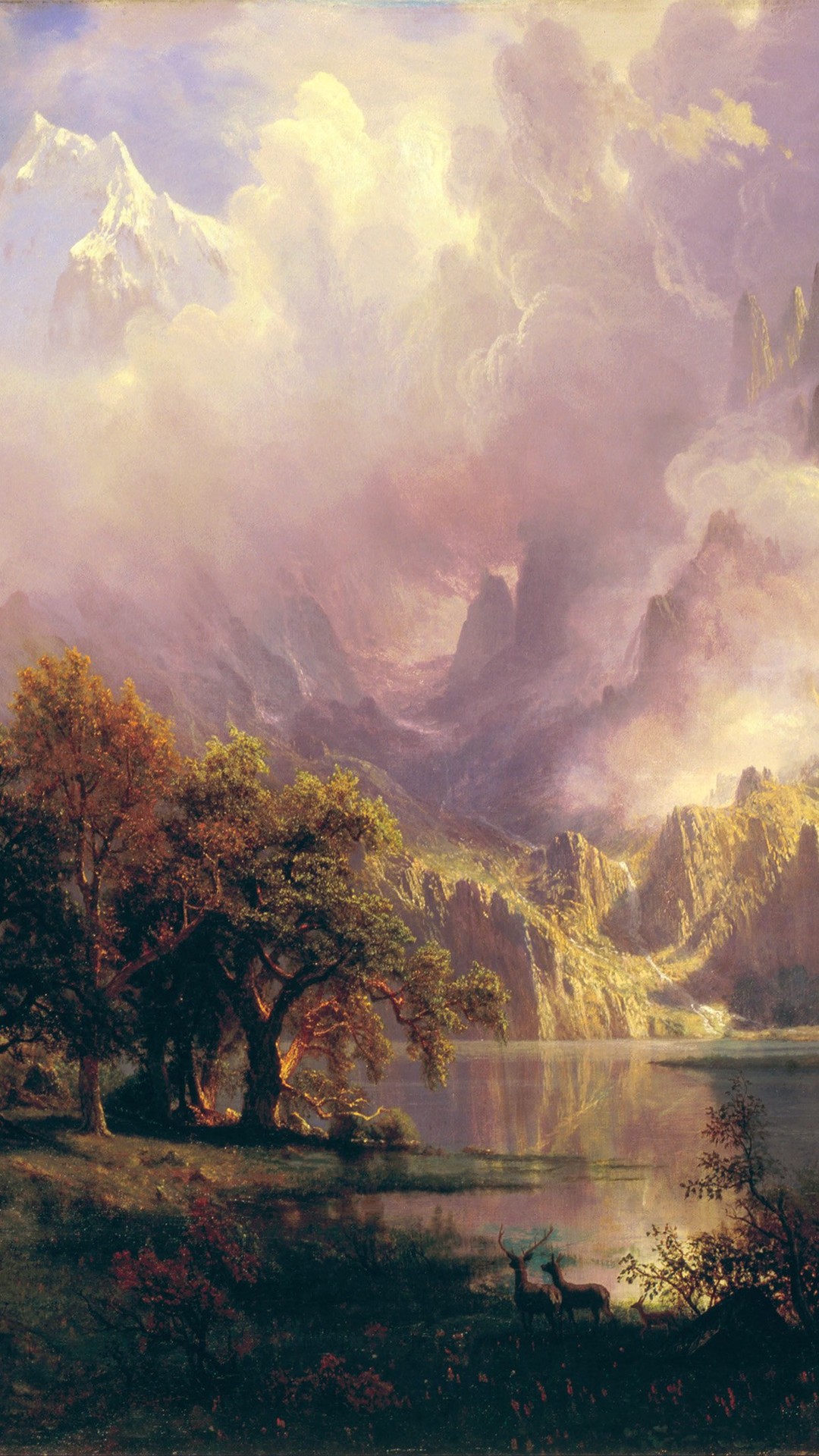poster design concept
Poster design concept
2 Mushroom Species Prints A favorite print in this set is a fabulous vintage mushroom free printable wall art that shows an assortment of different mushrooms. Included are a common mushroom, a chanterelle and a morel shazam codes. This one was scanned from a circa 1860′s antique British botanical book from England. The paper has aged to perfection with its brown aged edges; such a great patina on this one.
This guide aims to show you how to identify specific vintage design styles and retro design elements, and I’ll also share some tips on reproducing the style in your own work. Note that to keep a vintage design style looking relevant and fresh, designers will often mix elements of the vintage style with more modern design features. It’s this vintage/modern balance that makes a style look ‘vintage’ and not outdated.
3 Blue Butterfly Prints Some nice pieces here when you need a touch of blue for your room decor. Included is a print with some lovely butterflies, in soft blues, greens, periwinkle, brown, and a creamy one too! There’s some wonderful typography on the page as well. That one dates to the mid 1800′s and came from France.
Classic artwork
This Claude Monet landscape painting gave rise to the Impressionist movement when critics mocked its loose brushwork and elementary style. The oil painting captures the Le Havre harbor at sunrise, with a fiery red sun smeared across the foggy horizon. The orange and blue shorthand style prioritizes the overall visual effect over detail. Visible thick brush strokes give the water, sky and sailing vessels an atmosphere weightier than the scene itself.
Painting is an ancient medium and even with the introduction of photography, film and digital technology, it still has remained a persistent mode of expression. So many paintings have been limned over dozens of millennia that only a relatively small percentage of them could be construed as «timeless classics» that have become familiar to the public—and not coincidentally produced by some of the most famous artists of all time.
Bruegel’s fanfare for the common man is considered one of the defining works of Western art. This composition was one of six created on the theme of the seasons. The time is probably early September. A group of peasants on the left cut and bundle ripened wheat, while the on the right, another group takes their midday meal. One figure is sacked out under a tree with his pants unbuttoned. This attention to detail continues throughout the painting as a procession of ever-granular observations receding into space. It was extraordinary for a time when landscapes served mostly as backdrops for religious paintings.
Think about the giants of art history: Michelangelo, Leonardo da Vinci, Rembrandt, Vincent van Gogh, Claude Monet, and movements like the Renaissance, Impressionism, Cubism, and Abstract. These names and terms form a sort of popular vocabulary in the art world. But what sets them on a pedestal in our collective consciousness? What makes these artists and movements endure, demanding our attention and study over the years? The main question is: What exactly catapults an artwork into the realm of fame?
The stories and emotions from history and culture add depth to paintings, turning them into visual narratives that resonate with their times. Artworks connected to historical stories or representing a specific era become well-known, going beyond being on canvas and becoming part of shared memories. The emotions a painting evokes also contribute to its fame, creating connections with viewers and becoming experiences etched into their feelings. Various art styles and trends influence fame, with associated works reflecting popular ideas. The combination of exhibitions, publicity, and market value adds to how well-known a painting becomes, creating a diverse range of art fame.

Empire of the Sun artwork
Kikuji Kawada (Japanese, b. 1933) Hinomaru, Japanese National Flag 1965 From the series The Map Gelatin silver print 279 x 355mm © Kikuji Kawada, courtesy the artist and Photo Gallery International, Tokyo
Dr Marcus Bunyan is an Australian artist and writer. His art work explores the boundaries of identity and place. He curates Art Blart, art and cultural memory archive, which posts mainly photography exhibitions from around the world. He holds a Doctor of Philosophy from RMIT University, Melbourne, Master of Arts (Fine Art Photography) from RMIT University, and Master of Art Curatorship from the University of Melbourne.
In an innovative move, the works are ordered according to how long after the event they were created from moments, days and weeks to decades later. Photographs taken seven months after the fire bombing of Dresden are shown alongside those taken seven months after the end of the First Gulf War. Images made in Vietnam 25 years after the fall of Saigon are shown alongside those made in Nakasaki 25 years after the atomic bomb. The result is the chance to make never-before-made connections while viewing the legacy of war as artists and photographers have captured it in retrospect…
Toshio Fukada (Japanese, 1928-2009) The Mushroom Cloud – Less than twenty minutes after the explosion (4) 1945 Tokyo Metropolitan Museum of Photography © The estate of Toshio Fukada, courtesy Hiroshima Peace Memorial Museum






Deja un comentario